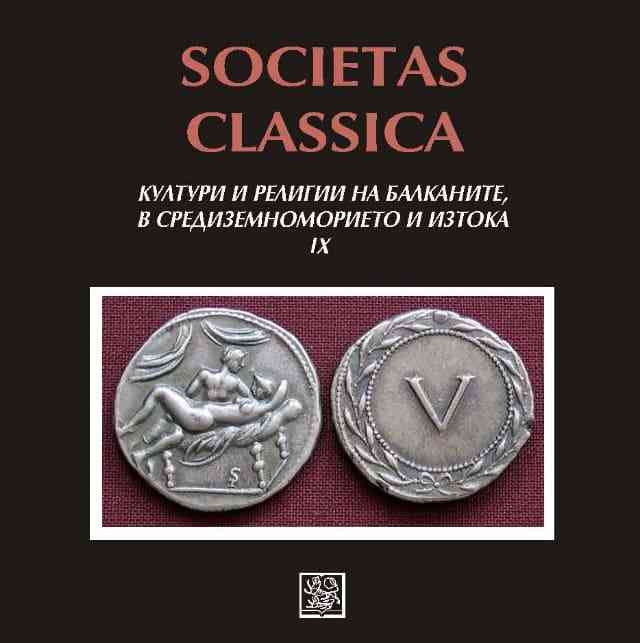Проституцията в Древен Рим
Prostitution in Ancient Rome
Author(s): Ivanka Doncheva
Subject(s): History, Anthropology, Social Sciences, Customs / Folklore, Ancient World
Published by: Великотърновски университет „Св. св. Кирил и Методий”
Summary/Abstract: The practice of prostitution in ancient Rome reflected the ambivalent attitudes of Romans toward pleasure and sexuality. Prostitution was legal and licensed. Even Roman men of the highest social status were free to engage prostitutes of either sex without incurring moral disapproval, as long as they demonstrated self-control and moderation in the frequency and enjoyment of sex. At the same time, the prostitutes themselves were considered shameful: most were either slaves or former slaves, or if free by birth relegated to the infames, people utterly lacking in social standing and deprived of most protections accorded to citizens under Roman law, a status they shared with actors and gladiators, all of whom, however, exerted sexual allure. Latin literature makes frequent reference to prostitutes. Historians such as Livy and Tacitus mention prostitutes who had acquired some degree of respectability through patriotic, law-biding, or euergetic behavior. The highclass “call girl” (meretrix) is a stock character in Plautus’s comedies, which were influenced by Greek models. The poems of Catullus, Horace, Ovid, Martial, and Juvenal, as well the Satyricon of Petronius, offer fictional or satiric glimpses of prostitutes. Real-world practices are documented by provisions of Roman law that regulate prostitution, and by inscriptions, especially graffiti from Pompeii. Erotic art in Pompeii and Herculaneum from sites presumed to be brothels has also contributed to scholarly views on prostitution.
Book: Societas Classica. Култури и религии на Балканите, в Средиземноморието и Изтока. Том 9
- Page Range: 369-396
- Page Count: 28
- Publication Year: 2017
- Language: English, Bulgarian
- Content File-PDF

